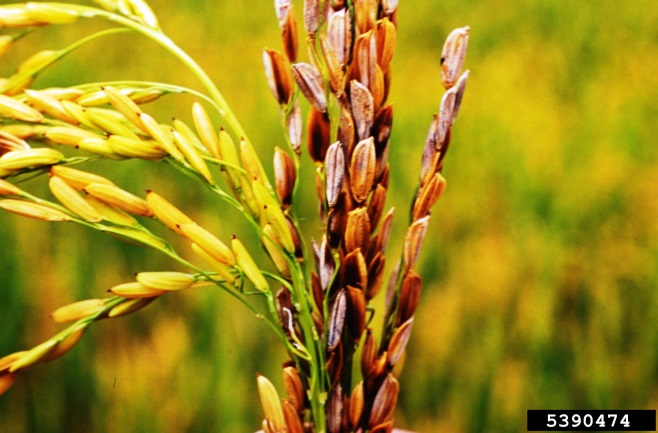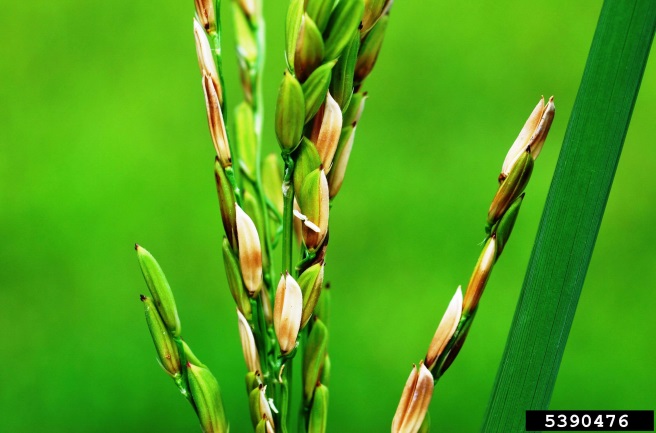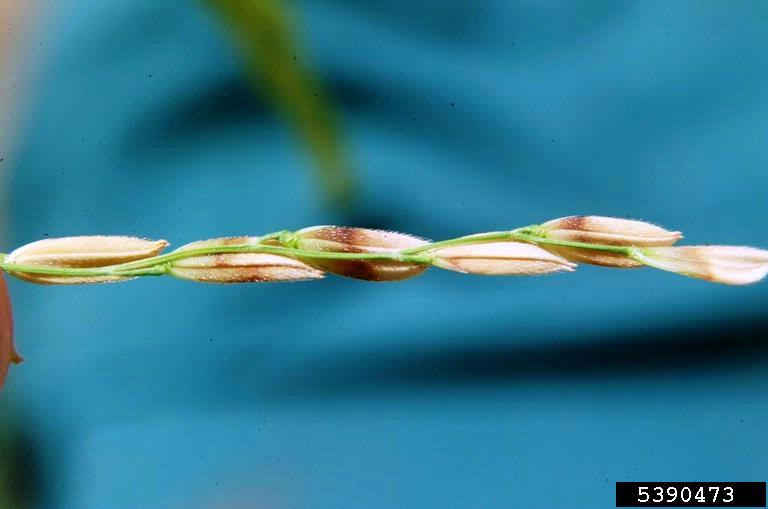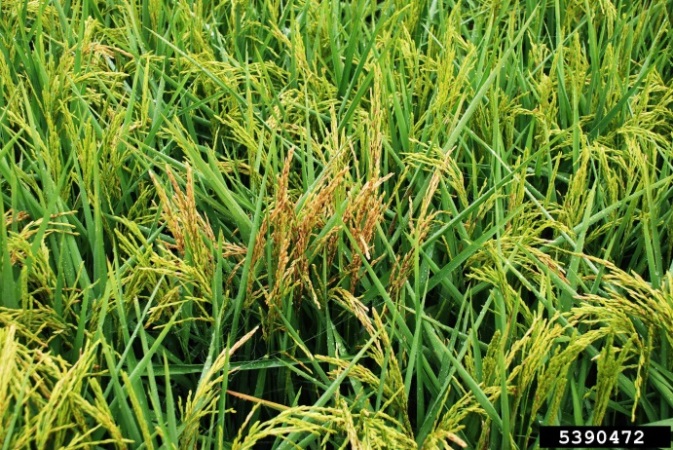
Bacterial panicle blight
| Primefact number | Edition | Published | Author |
|---|---|---|---|
| 1215 | Second | Apr 2017 | Plant Biosecurity and Product Integrity |



 Bacterial panicle blight (Burkholderia glumae) is an exotic plant pest not present in Australia. This disease is a serious threat to Australia’s rice industry. Bacterial panicle blight is also called bacterial grain rot or panicle blight.
Bacterial panicle blight (Burkholderia glumae) is an exotic plant pest not present in Australia. This disease is a serious threat to Australia’s rice industry. Bacterial panicle blight is also called bacterial grain rot or panicle blight.
Notifiable status
Bacterial panicle blight (Burkholderia glumae) is a notifiable plant disease in NSW.
All notifiable plant pests and diseases must be reported within 1 working day. You can report notifiable plant pests and diseases by one of the following methods:
- Call the Exotic Plant Pest Hotline 1800 084 881
- Email biosecurity@dpi.nsw.gov.au with a clear photo and your contact details
- Complete an online form
A full list of notifiable plant pests and diseases can be found in Schedule 2 of the NSW Biosecurity Act 2015.
Symptoms
Symptoms appear at heading without prior warning. Small clusters of panicles do not develop properly during grain fill and the panicles remain upright rather than bending down with the weight of the grain (Figure 1).
Infected grains can be unevenly distributed on the panicle (Figure 2).
The stem below an infected panicle remains green.
Blanked grains are uniformly tan at first. These aborted grains may later turn greyish, black or pink as other bacteria or fungi become established in the hulls.
Grains which fill but are infected later in the season have a light to medium brown discolouration on the lower third to half of the hulls (Figure 3).
Hosts
Rice (Oryza sativa) is the only known host of bacterial panicle blight.
Disease lifecycle
Bacterial panicle blight can survive as a surface non pathogenic population on rice leaves and sheaths. These bacterial colonies can spread upwards as the plant grows.
Bacteria infect the developing grains at flowering and cause grain abortion or rotting during grain filling after pollination.
Susceptibility to infection falls about six days after flowering.
Bacterial panicle blight tends to develop in circular patterns in the field. The pattern is exaggerated because the most severely infected panicles in the centre of a patch remain upright due to sterility (Figure 4).
Bacterial panicle blight is associated with extended hot and dry summer weather conditions. Prevalence increases when daytime temperatures are above 32oC and night time temperatures remain 25oC or above. High nitrogen levels contribute to disease development.
Spread
Bacterial panicle blight is seed transmitted.
There are no practical control options if infected rice is planted.
Distribution
Bacterial panicle blight occurs in Japan, Taiwan, Latin America and the USA.
Bacterial panicle blight is not present in Australia.
Actions to minimise risks
Put in place biosecurity best practice actions to prevent entry, establishment and spread of pests and disease:
- practice “Come clean, Go clean”
- ensure all staff and visitors are instructed in and adhere to your business management hygiene requirements
- source propagation material of a known high health status from reputable suppliers
- keep records

